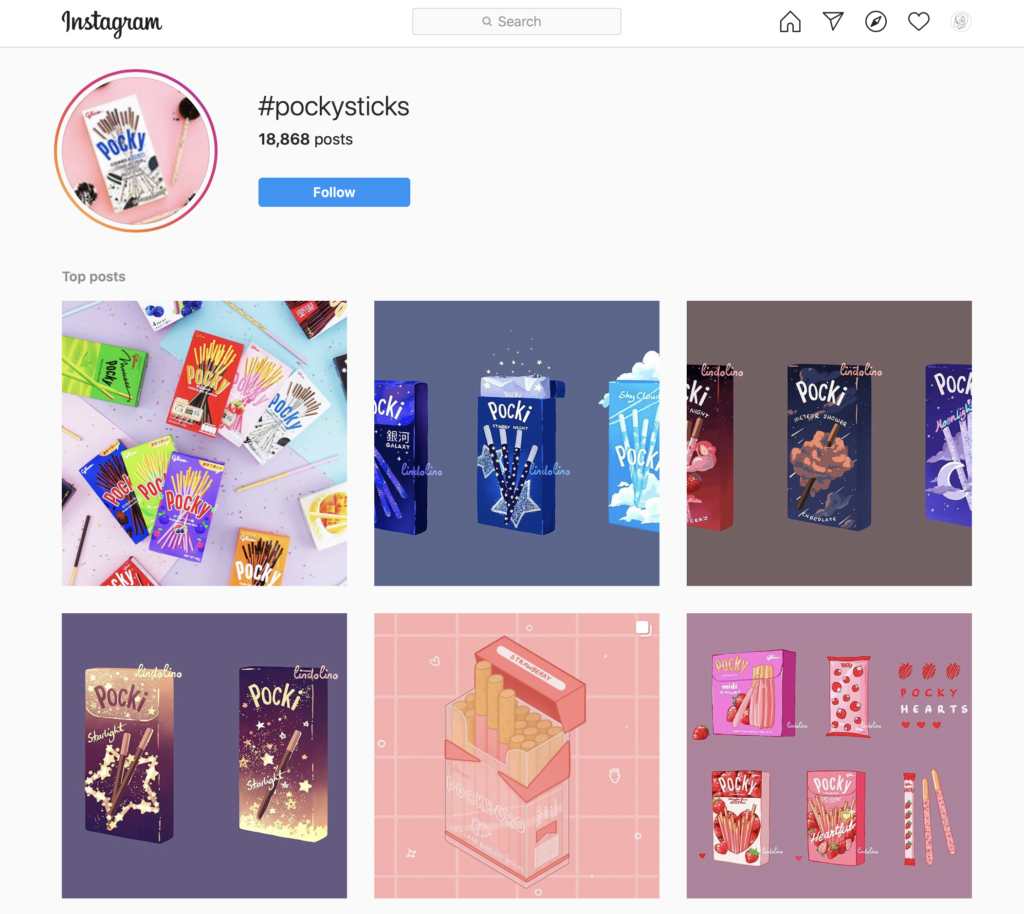In Cristopher Alexandra’s “A Pattern Language,” I found many connections between the social media we are using nowadays.
I can see many patterns being applied to little features that blend into our everyday life. Especially #36 “degrees of publicness” and #14 “Identifiable Neighborhood”.
In pattern #36, “degrees of publicness,” Alexandra talks about People are different: “the way they want to place their houses in a neighborhood is one of the most basic kinds of difference.” That makes me think about the “group” feature in many applications such as zoom (breakout rooms), slack, and facebooks; users can put the same kind of people in a group by using tags or changing their nicknames. Furthermore, in pattern #14, “Identifiable Neighborhood,” Alexandra talks about how “People need an identifiable spatial unit to belong to.” it just likes the “hashtag” feature on Facebook and Instagram. Every time I post a picture, I would think about relatable words and emojis to use a “#” (to be up to date). I feel nice when some random person clicks on the # and sees my post and leaves me some notes; I think I am connecting to an unknown group with many people who understand me.


I think hashtag is a great good example to show the relations between patterns! I never thought that.
Nice examples to use to show connection between the two design patterns you talk about here. I appreciate your use of pictures as it gives us a better idea of what you’re talking about.
I really enjoyed reading about your connections to this weeks content on Patterns. I found it interesting how you talked on your personal feelings when you post with hashtags and are able to tap into a sub-community.
very interesting point on the hashtag vs identifiable neighborhood